Speakers

Talks
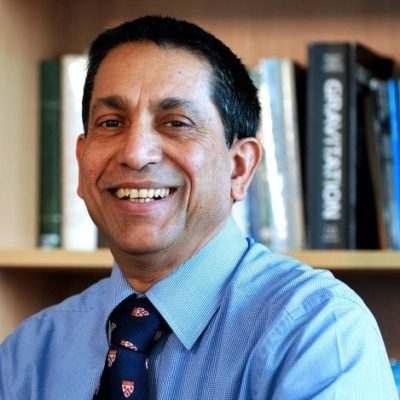
Prof. Asoke Nandi
Head of Electronic & Computer Engineering Department at Brunel University London, United Kingdom
Breast Cancer Detection from Images with Artificial Intelligence
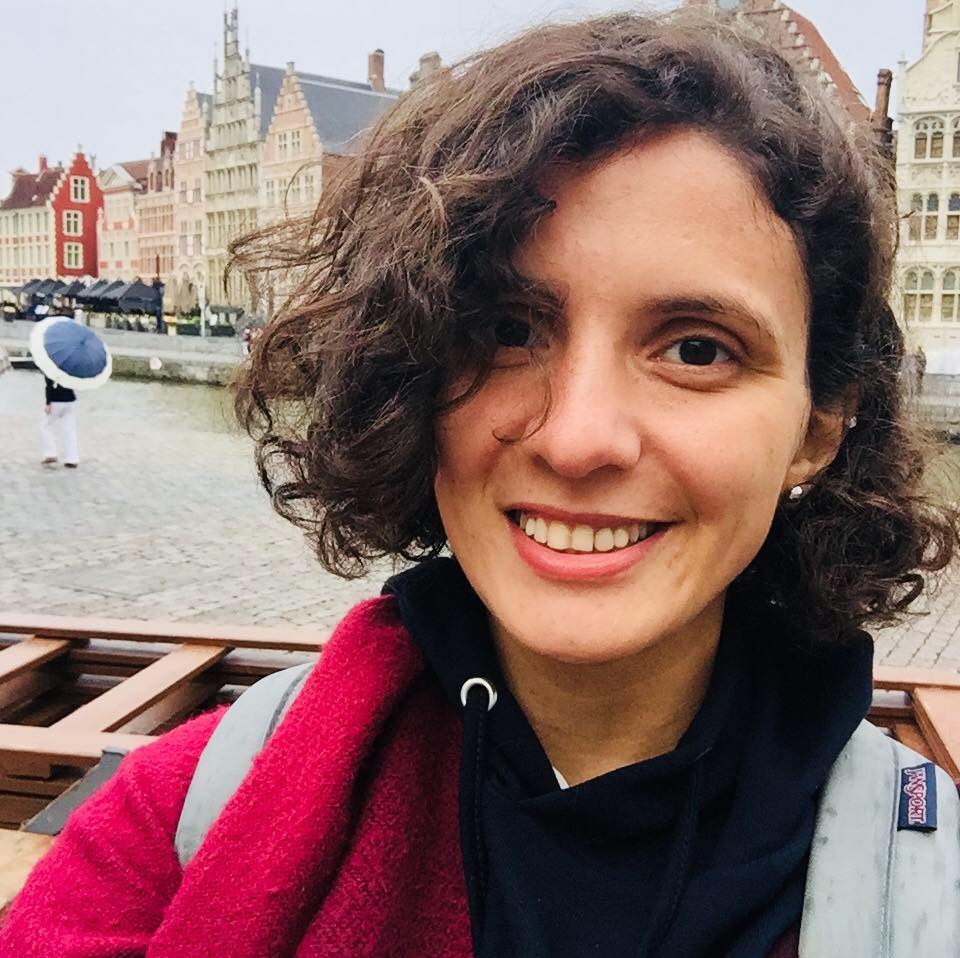
Dalia Mahdy
A Research Assistant with the Medical Micro & Nano Robotics Lab of the German University in Cairo, Egypt.
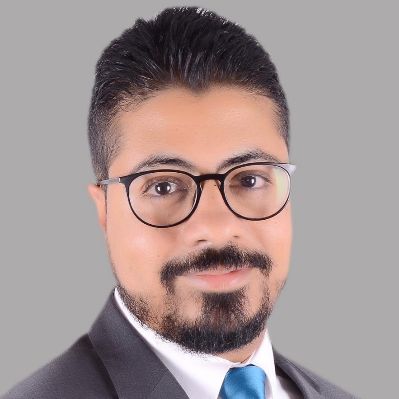
Eng. Ahmed AlRashedi
Regional sales manager Emerging Africa region at Medtronic.

Mohamed Emam
A Research Assistant, Center of Informatics Science, Bioinformatics Group, Nile University, Egypt.
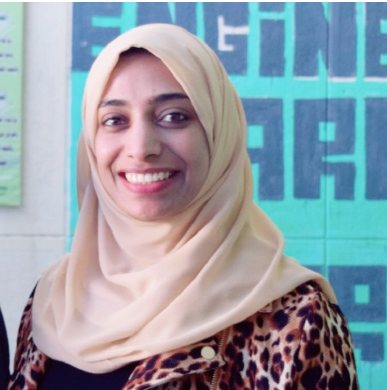
Fatma S. Ibrahim
Teaching Assistant, Faculty of Engineering, Biomedical Engineering Department, Minia University University
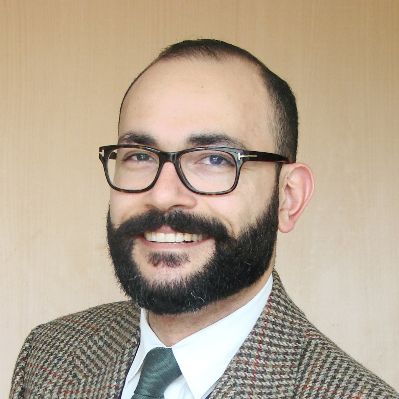
Dr. Ali Shalaby
Deputy Chief Medical Officer and lead for Digital Health in AXA OneHealth
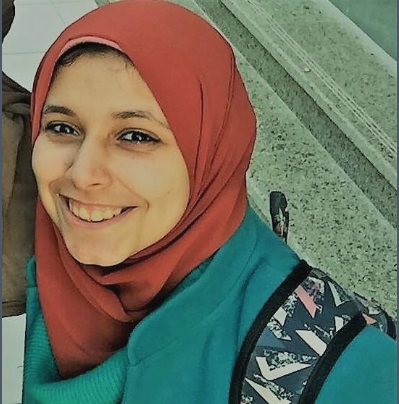
Eman Abdelrazik
A Master's Student and Research Assistant, Center of Informatics Science, Bioinformatics Group, Nile University, Giza, Egypt.
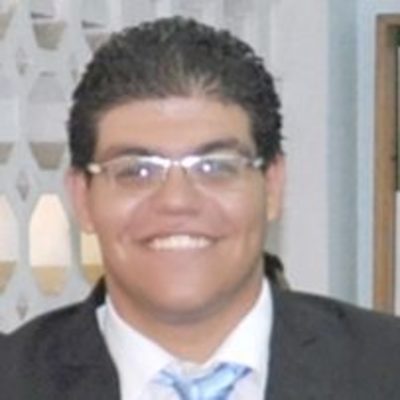
Mohamed Ramadan
Teaching Assistant, Faculty of Computer and Information science, Ain Shams University, Department of Bioinformatics
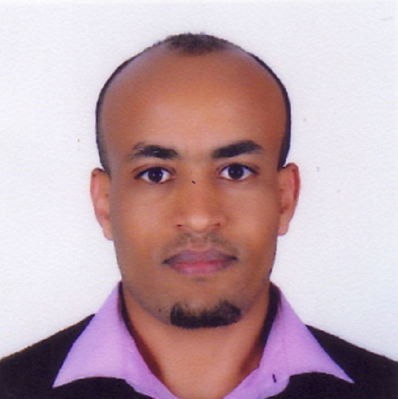
Wubshet Shimels Negussie
A Master's Student at System & Biomedical Engineering Department at Cairo University in Giza, Egypt.
Workshops
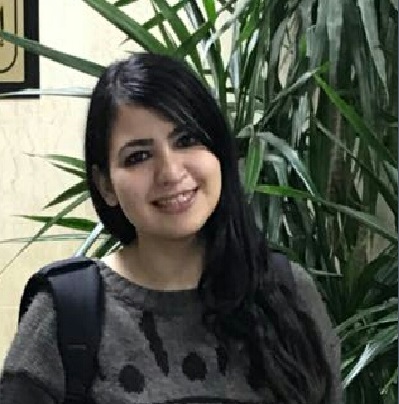
Mariam Oweda
Bioinformatics research assistant at the Nile University
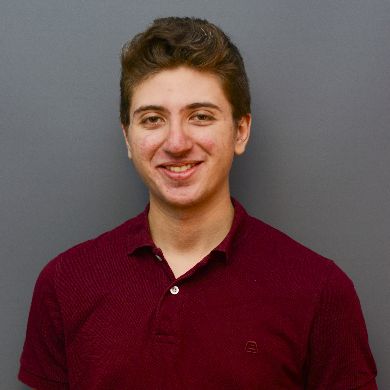
Mohamed Ashraf
Machine Learning Scientist at Affecitva

Eng. Ahmed AlRashedi
Regional sales manager Emerging Africa region at Medtronic.

Prof. Asoke Nandi
Head of Electronic & Computer Engineering Department at Brunel University London, United Kingdom
Breast Cancer Detection from Images with Artificial Intelligence
Talk Abstract: Breast cancer is the most common form of cancer amongst women. It is a worldwide problem and a growing one. The data in this presentation will come from breast images and the problem is to detect breast cancer. First, this talk will introduce the problem and highlight some technical challenges. Second, some attempts at breast cancer detection from mammographic images will be outlined and some results will be presented. This presentation will introduce a number of topics from artificial intelligence like feature selection, feature generation, and classification. These will be used in conjunction with image processing to address computer-aided breast cancer detection successfully.
Biography: Professor Asoke K. Nandi received the degree of Ph.D.in Physics from the University of Cambridge (Trinity College), Cambridge. He held academic positions in several universities, including Oxford and Imperial College London, as well as Finland Distinguished Professorship in Jyvaskyla. In 2013 he moved to Brunel University London. Professor Nandi is a Distinguished Visiting Professor at Tongji University and an Adjunct Professor at the University of Calgary. In 1983 Professor Nandi co-discovered the three fundamental particles known as W+, W−and Z0, for which two of his team leaders were awarded the 1984 Nobel Prize for Physics their decisive contributions. His current research interests are in signal processing and machine learning, with applications to functional magnetic resonance data, gene expression data, communications, and biomedical data. He has authored over 550 technical publications, including 220 journal papers and four books. The h-index of his publications is 67 (Google Scholar) and ERDOS number is 2.Professor Nandi is a Fellow of the Royal Academy of Engineering and also a Fellow of seven other institutions including the IEEE. Among the many awards he received are the Institute of Electrical and Electronics Engineers Heinrich Hertz Award in 2012, the Glory of Bengal Award for his outstanding achievements in scientific research in 2010, the Water Arbitration Prize of the Institution of Mechanical Engineers in 1999, and the Mountbatten Premium, Division Award of the Electronics and Communications Division, of the Institution of Electrical Engineers in 1998. Professor Nandi is an IEEE EMBS Distinguished Lecturer (2018-19).

Biography: Dalia Mahdy is currently a Research Assistant with the Medical Micro and Nano Robotics of the German University in Cairo. She received her Bachelor’s degree in computer engineering and is currently working toward the M.Sc. degree in computer
engineering. Her research interests include the design and development of minimally-invasive techniques for targeted drug delivery using microrobots.
Dalia Mahdy
A Research Assistant with the Medical Micro & Nano Robotics Lab of the German University in Cairo, Egypt.
Talk Abstract: The deployment of micro-robotics in biomedical applications can revolutionize medicine and technology, owing to their small size and their potential to reach locations inside the human body to achieve non-trivial tasks that are not possible using traditional therapeutic interventions. Also, to avoid the complications and risks associated with surgical procedures. The greatest power of these micro-robots in biomedical applications has emerged when clinical imaging modalities were incorporated to provide feedback and enable accurate in vivo tracking and control towards a desired position in three-dimensional space.
In our work, we present a promising potential biomedical application which is the mechanical rubbing of blood clots using helical robots. The continuous interaction between the tip of the helical robot and the fibrin network of the clot has proven to be efficient in decreasing the size of the clot in vitro. However, the translation of this concept into in vivo trials requires several challenges to be overcome. Among these challenges is the need to track and controllably navigate the helical robot using a medical imaging modality. Therefore, we present the navigation of the helical robot in a one-dimensional channel using ultrasound feedback.

Biography: He was born in a rural place called Kutaber, west of Dessie town, Amhara region, Ethiopia in 10 February, 1991. He received my BSc in July, 2016 in Biomedical Engineering from Addis Ababa Institute of Technology, Addis Ababa University, Addis Ababa, Ethiopia. Currently, He is a MSc student since Feb, 2019 at the department of biomedical engineering and systems at Cairo university, Giza, Egypt. Currently, He has received a research and development support from the Intra_Africa Academic Mobility Scheme of the Education, Audiovisual and Culture Executive Agency of the European Commission (EACEA) under the African Biomedical Engineering Mobility program at Cairo university, Egypt.
Wubshet Shimels Negussie
A Master’s Student at System & Biomedical Engineering Department at Cairo University in Giza, Egypt.
Talk Abstract: Malaria is the leading cause of morbidity and mortality in tropical and subtropical countries. The diagnosis is usually done manually by conventional light microscopy which has occasionally proved inefficient since it is laborious, time consuming and subjective. All diagnosis techniques which yield better results are quite expensive and hence inaccessible to the developing countries where this disease is more endemic. To support manual methods, we developed a system which can automatically detect the plasmodium parasites from thin blood smear images. We used a dataset provided by the Centers for Disease Control and Prevention (CDC). Although automating the process is a good solution, the available techniques are unable to evaluate the same cases at which the morphology of red blood cells (RBCs) is affected by diseases such as anemia and hemoglobinopathies. In this work, we proposed an accurate, rapid and affordable system for malaria diagnosis. The proposed method applies image preprocessing with bilateral filters, followed by the contrast-limited adaptive histogram equalization (CLAHE), and color-based segmentation of parasites through an adaptive Gaussian mixture model (GMM). We investigated the detection performance with color features from the CIElab and HSI color spaces in addition to the RGB colour model. Then, occluded RBCs were separated using the distance transform, and local maxima of the distance map where detected as the centers of the RBC cells. Overlapping cells can then be separated using the shortest-path methods. Further, the classification and counting of infected and non-infected RBCs have been made. The experimental results demonstrated that the developed method had a good performance (98.98% accuracy, 95.16% sensitivity and 99.58% specificity) with respect to the ground truth data. Eventually, this work can be considered as a low-cost solution for the malaria quantification in lower income countries and massive examinations.

Mohamed Emam
A Research Assistant, Center of Informatics Science, Bioinformatics Group, Nile University, Egypt.
Monitoring The Evolution Pattern Of Mammals Lung Adenocarcinoma Genes
Biography: Graduated from Biotechnology Department, Faculty of Agriculture Cairo University, Giza(Egypt). He worked six months as an intern research assistant in Evolutionary genomics, Bioinformatics group at Faculty of Science, University of Porto, Portugal. And He currently is working as a research assistant at center of informatics science, Bioinformatics group, Nile University, Egypt.

Eman Abdelrazik
A Master’s Student and Research Assistant, Center of Informatics Science, Bioinformatics Group, Nile University, Giza, Egypt.
Talk Abstract: Electronic health records (EHR) are represented at any patient reports or image-based datasets generated by histopathology, pathology and radiography. Nowadays, there is an urgent need to extract useful clinical information out of EHR that may help in complete understanding of diseases. However, the enormous flow of data may have its impact upon the feasibility of useful information extraction as it consumes time and effort. Machine learning models can handle these large data sets and extract informative features that can be used in consequent diagnostic approaches. In this review, I illustrate different means of machine learning models and its applications in the diagnosis of cancer and diabetes.
Biography: Eman Abdelrazik is a master’s student at the school of computer science and information technology at Nile University. She is also a research assistant at the bioinformatics group, center of information technology at Nile University, and a teaching assistant at H3ABionet. Upon her graduation from faculty of biotechnology at Misr University for science and technology, she worked on drug discovery project that aims to detect potential drug targets for liver cancer based on the molecular mechanisms of the disease, specifically, two cellular machineries; autophagy and apoptosis.
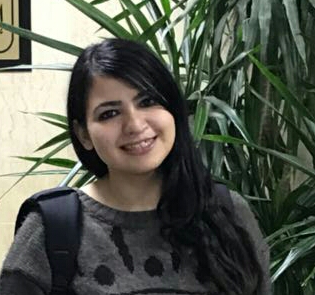
Mariam Oweda
A Research Assistant in Bioinformatics Field at the Nile University, Cairo, Egypt
Biography: Mariam Oweda Kamel is a Bioinformatics research assistant at the Nile University. She received her B.Sc. degree from Biotechnology college at MUST followed by two years’ experience as a Bioinformatics and genomics teaching assistant at Biotechnology college, MUST. Taking the extra mile in the Bioinformatics field, she enrolled in the Informatics master program at Nile university. Now she is working on analyzing OMICS data working with a high caliber Bioinformatics research team at Nile university. Her main interest is understanding Alzheimer disease using integrative OMICS approaches.

Mohamed Ashraf
Machine Learning Scientist at Affecitva
Machine Learning Workshop

Biography: Fatma S. Ibrahim received her B.S. degrees in Biomedical Engineering from Minia University, Egypt, in 2016. She is currently a teaching assistant at Minia University. Her research interests include bioinformatics and genetics. She previously had experience with medical image processing. She has a previous publication in genetics.
Fatma Ibrahim
A Teaching Assistant at Minia University, Cairo, Egypt
Talk Abstract: Genetic variation dramatically affects our lives. It affects what we look like, our personalities and preferences. It also important for adaptation. Common genetic variation also affects the metabolism, plasma availability, or clinical response to drugs. More crucially, genetic variation affects susceptibility and severity to disease. Scientists are just beginning to understand how these genes interact with each other and with environmental factors in ways that impact on health. The study of genetic variation has been used to model human migration, understand cause of human diseases, and to predict disease outcomes.
In this talk, I am going to introduce some key concepts in the field of human genetic variation including the types of variants, variant effects and genetic association studies. Additionally, I will give you a hint about my research about “ Haplotype blocks and SNPs”.

working on master degree on drug discovery.
Mohamed Ramadan
A Teaching Assistant at Faculty of Computer and Information science, Ain Shams University, Cairo, Egypt
Talk Abstract: Protein-protein interactions (PPIs) are critical for many biological processes, but can we predict human protein-protein interactions (PPIs) of known or unknown proteins? Some major problems arise as the lack of known PPIs to learn from and the cost of learning about its proteins and the sequences. We develop P-Zoomer web-application, a sequence-based and machine learning framework that helps in the discovery of protein functions and biological pathways within the human body and identifying the diseases caused by a specific protein in the human. In addition, it is associated with protein-protein interaction network that fully shows the relation between different proteins. In this study, we have reviewed several computational methods for protein-protein interaction prediction as well as describing major databases, which store both predicted and detected protein-protein interactions.

Biography: Dr. Aly is a Consultant Neonatal and Pediatric Surgeon. He has extensive experience in Egypt & the UK. He is very keen on medical and surgical education. He has developed the Pediatric Surgery training program for Cairo University and has led multiple quality improvement projects at the Specialized Pediatric Hospital. He is a keen researcher and is internationally published including two book chapters. Dr. Aly is currently the Deputy Chief Medical Officer for AXA OneHealth, and the lead for its Digital Health.
Dr. Ali Shalaby
Deputy Chief Medical Officer and lead for Digital Health in AXA OneHealth
Talk Abstract: The fourth industrial revolution is affecting all aspects of our lives and healthcare is one of the top industries to be affected. Digital Health is here to stay and we have to prepare for it. In building the hospitals of the future we will look at how they are forecast to change, how the workforce will evolve and what technologies are shaping this revolution. We’ll focus on the multidisciplinary input needed to make it happen and how we can make a change that starts from home.

Eng. Ahmed AlRashedi
Regional sales manager Emerging Africa region at Medtronic
